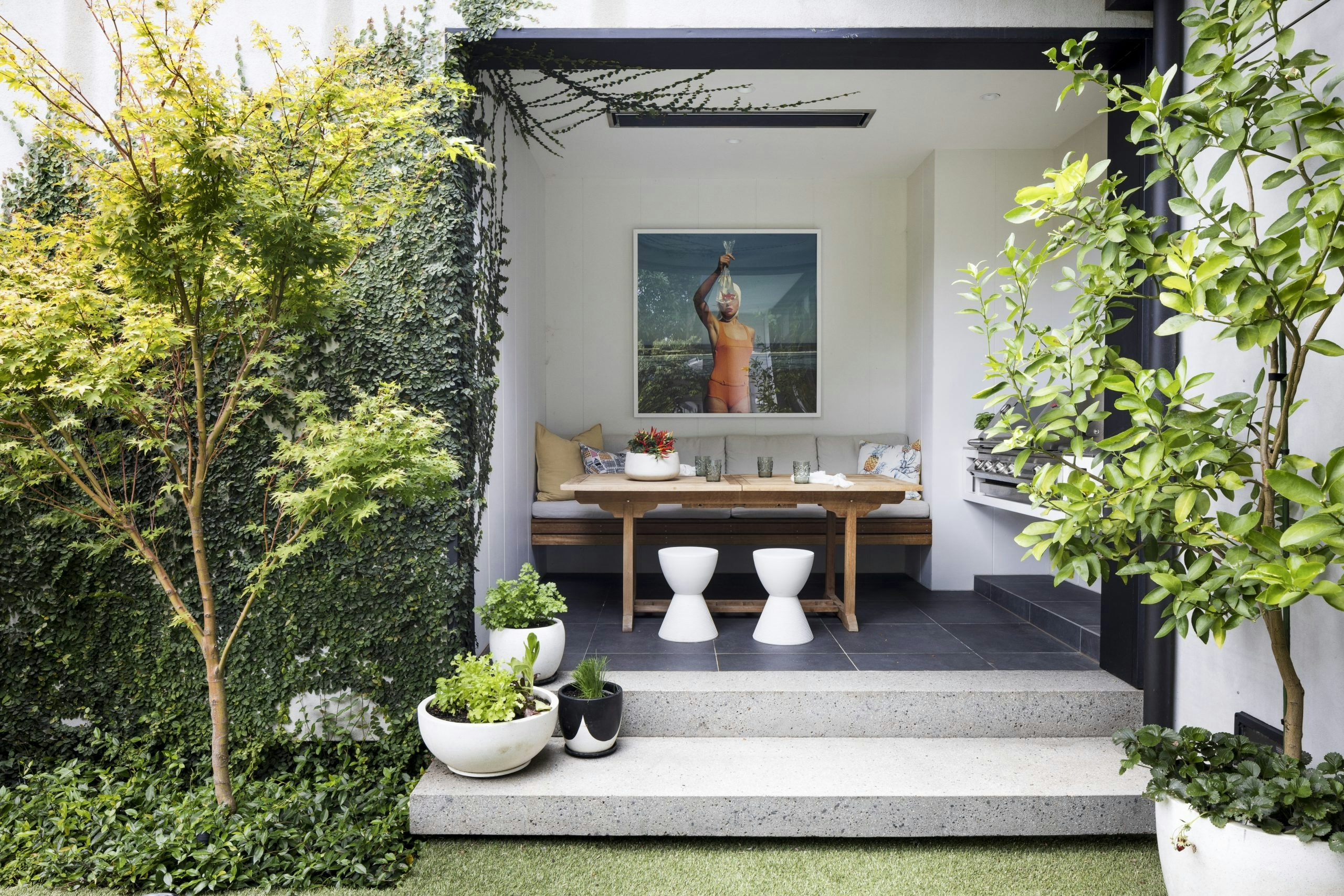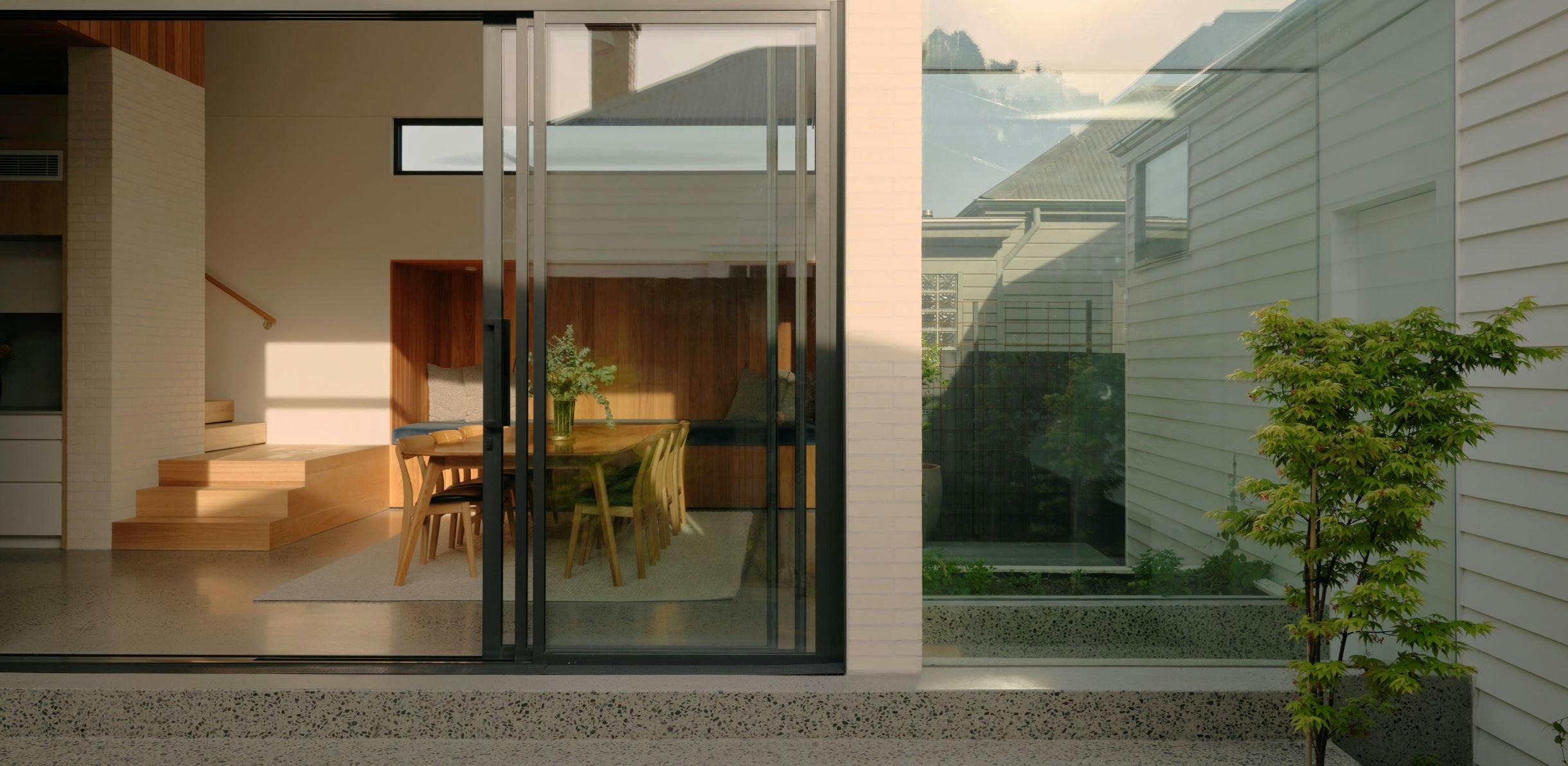Welcome to the forefront of 'home wellness,' a holistic approach to interior design where homes are transformed into sanctuaries of mental and physical health. This evolution is redefining our homes as integral components of our well-being, designed to rejuvenate, inspire, and protect.
LifestyleWellness by design
Next ArticleWellness by design

Imagine a home that actively contributes to your health: walls that purify the air, lighting that aligns with your circadian rhythms, and spaces dedicated to meditation and mindfulness.
22 November 2023
At the heart of home wellness lies the understanding that our environments profoundly influence our health. Design choices are now being made through the lens of comfort and care, ensuring that homes are havens of tranquillity and nourishment for the body and soul. Air purification systems have become a standard in this new age of design, transcending their utilitarian roots to become seamlessly integrated features that safeguard respiratory health and enhance overall air quality.
But the commitment to wellness extends beyond the air we breathe. It’s in the adoption of circadian lighting systems that mimic the natural progression of daylight, reducing the harsh impact of artificial light on our sleep-wake cycles. It’s in the materials we choose, where preference is given to natural, non-toxic fabrics and finishes that contribute not just to the environment’s health, but also to our own.
Space allocation within homes is also evolving. Yoga and meditation rooms are emerging as dedicated areas for mindfulness and reflection, signalling a departure from the traditional home gym. These spaces are designed to be sanctuaries of peace, with elements like soft lighting, minimal decor, and soundproofing to create an insulated bubble away from the hustle of daily life. Comfortable nooks, strategically placed away from high-traffic areas, are being carved out for reading or meditating, offering a quiet retreat for mental rejuvenation.
Biophilic design principles have also become key factors in the home wellness movement, integrating aspects of nature into home design to create a deeper connection with the natural world. This might manifest as indoor gardens, living walls, or simply the incorporation of plant life throughout the home, enriching the space with their calming presence and air-purifying qualities.
Wellness, however, is not solely about what is added to a space but also about embracing minimalism. Decluttered environments are known to reduce stress and anxiety, promoting a sense of calm and order. The thoughtful use of space and storage solutions that hide away the chaos of daily life can transform a home into a restorative and orderly sanctuary.
The kitchen, too, plays a critical role in home wellness. It is evolving into a space that supports healthy eating habits, with designs that feature herb gardens, vegetable storage, and appliances that help preserve the nutritional value of foods, such as steam ovens.
As we move forward, technology will continue to intertwine with wellness in the home. Smart homes can now regulate everything from temperature to humidity, creating environments that not only add comfort but actively contribute to our health.
The shift towards home wellness reflects a broader societal trend that places well-being at the forefront of how we live. It is a recognition that our homes are not just places to eat and sleep but spaces where every element conspires to support and uplift us, emotionally, physically, and spiritually. As this direction continues to evolve, we can expect to see homes that are not just smart or beautiful, but also deeply nurturing, promoting wellness as a way of life.



